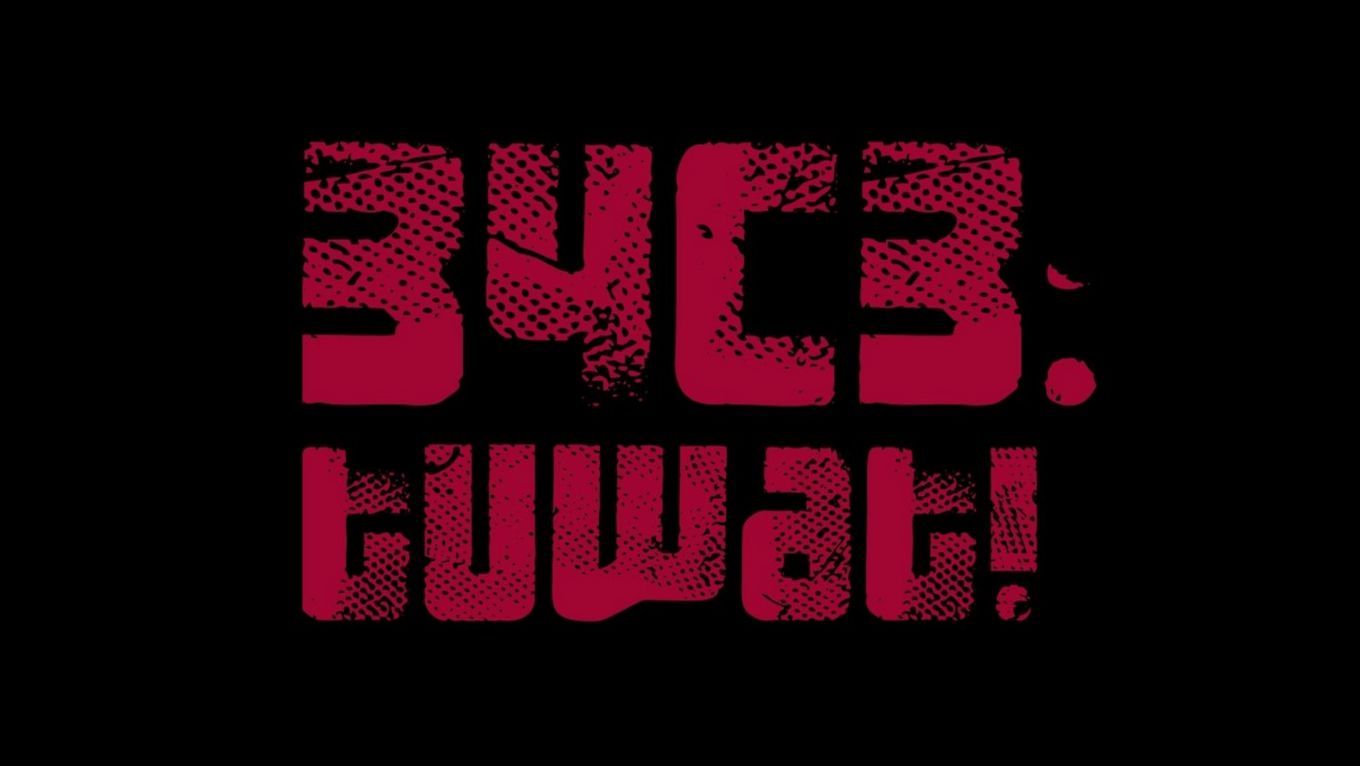Science
SatNOGS: Crowd-sourced satellite operations
Satellite Open Ground Station Network
An overview of the SatNOGS project, a network of satellite ground station around the world, optimized for modularity, built from readily available and affordable tools and resources.
We love satellites! And there are thousands of them up there. SatNOGS provides a scalable and modular platform to communicate with them. Low Earth Orbit (LEO) satellites are our priority, and for a good reason. Hundreds of interesting projects worth of tracking and listening are happening in LEO and SatNOGS provides a robust platform for doing so. We support VHF and UHF bands for reception with our default configuration, which is easily extendable for transmission and other bands too.
We designed and created a global management interface to facilitate multiple ground station operations remotely. An observer is able to take advantage of the full network of SatNOGS ground stations around the world.
Additional information
| Type | lecture |
|---|---|
| Language | English |
More sessions
| 12/27/17 |
We're supposed to trust evidence-based information in all areas of life. However disconcerting news from several areas of science must make us ask how much we can trust scientific evidence.
|
| 12/27/17 |
Quantitative science evaluation, such as university rankings, rely on man-made algorithms and man-made databases. The modelling decisions underlying this data-driven algorithmic science evaluation are, among other things, the outcome of a specific power structure in the science system. Power relations are especially visible, when negotiated during processes of boundary work. Therefore, we use the discourse on 'citation cartels', to shed light on a specific perception of fairness in the ...
|
| 12/27/17 |
For a few decades by now, satellites offer us the tools to observe the whole Earth with a wide variety of sensors. The vast amount of data these Earth observations systems collect enters the public discourse reduced to a few numbers, numbers like 3 or even 300. So, how do we know the amount of ice melting in the arctic or how much rain is falling in the Amazon? Are groundwater aquifers stable or are they are being depleted? Are these regular seasonal changes or is there a trend? How can we even ...
|
| 12/27/17 |
Jeder kennt sie, kaum jemand versteht sie wirklich, die vielleicht berühmteste Gleichung der Welt: E=mc^2 Was hat es damit auf sich, was ist die spezielle- und was die allgemeine Relativitätstheorie? Wie kann man sicher sein, dass das wirklich stimmt? Bleibt die Zeit stehen, wenn man sich mit Lichtgeschwindigkeit bewegt? Was ist das Zwillings-Paradoxon und dehnt sich das Universum aus, oder werden wir einfach nur immer kleiner?
|
| 12/28/17 |
Eine wissenschaftliche Perspektive auf die achtlose Anwendung der Algorithmen des maschinellen Lernens und der künstlichen Intelligenz, z.B. in personalisierten Nachrichtenempfehlungssystemen oder Risikosoftware im US-Justizsystem.
|
| 12/28/17 |
Wouldn’t it be awesome to have a microscope which allows scientists to map atomic details of viruses, film chemical reactions, or study the processes in the interior of planets? Well, we’ve just built one in Hamburg. It’s not table-top, though: 1 billion Euro and a 3km long tunnel is needed for such a ‘free electron laser’, also called 4th generation synchrotron light source. I will talk about the basic physics and astonishing facts and figures of the operation and application of these ...
|
| 12/29/17 |
Holography of Wi-Fi radiation Philipp Holl [1,2] and Friedemann Reinhard [2] [1] Max Planck Institute for Physics [2] Walter Schottky Institut and Physik-Department, Technical University of Munich When we think of wireless signals such as Wi-Fi or Bluetooth, we usually think of bits and bytes, packets of data and runtimes. Interestingly, there is a second way to look at them. From a physicist's perspective, wireless radiation is just light, more precisely: coherent electromagnetic radiation. It ...
|

